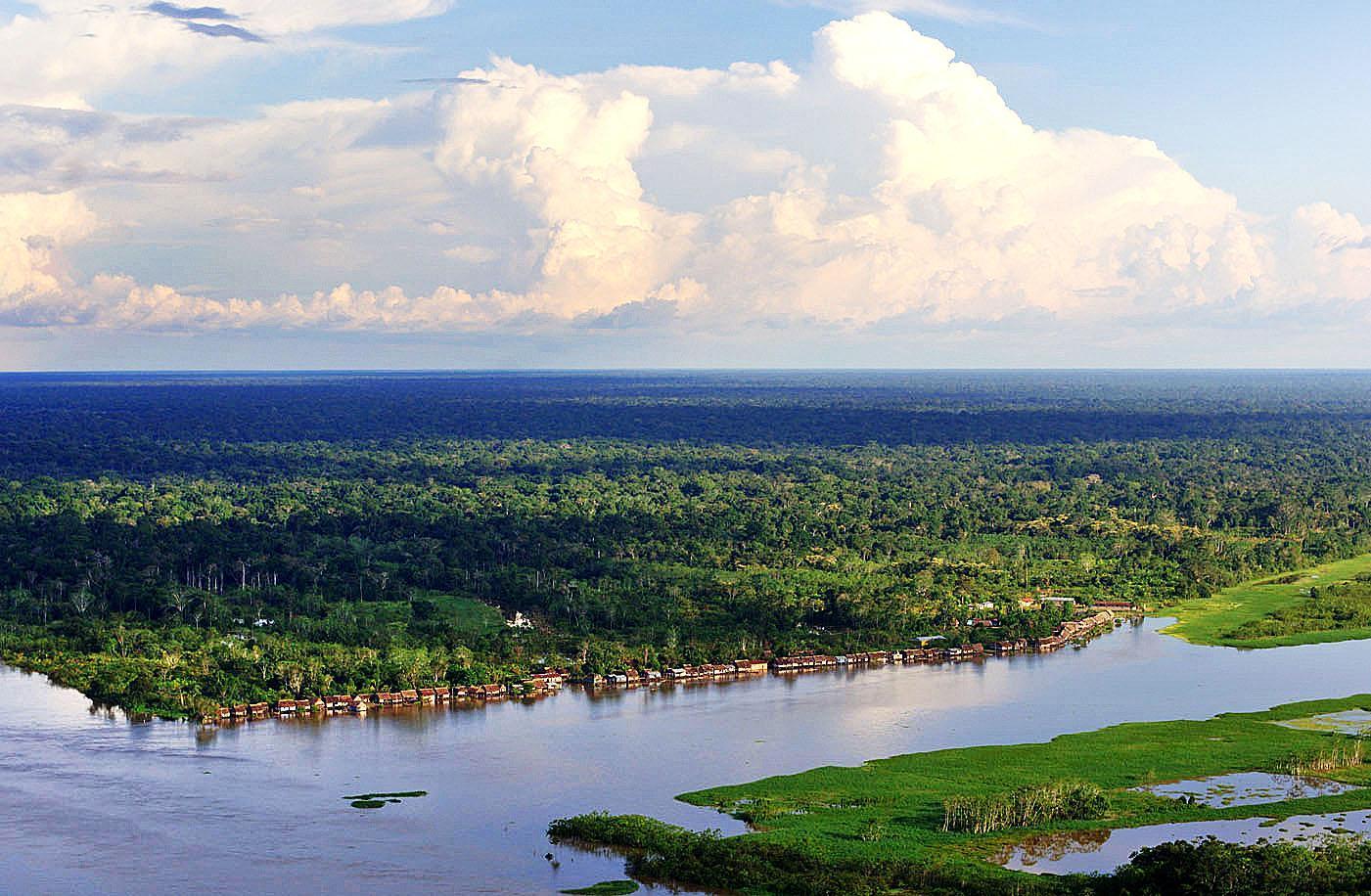Rio Negro River

The Rio Negro River, also known as Guainía in its upper region, is the biggest tributary to the left of the Amazon River, a sinuous ribbon coursing through the heart of the Amazon rainforest, is far more than a mere waterway. It is a lifeline for indigenous communities, a repository of ancient traditions, and a cultural cornerstone in the tapestry of South America. In this exploration, we delve into the myriad reasons why the Rio Negro River holds profound cultural importance, weaving together stories of indigenous wisdom, environmental symbiosis, and the preservation of cultural heritage.
1. Indigenous Traditions: The River as a Cultural Nexus
For the indigenous communities along the Rio Negro, the river is not just a geographic feature; it is a living entity intertwined with their identity. Tribes such as the Tukano, Baniwa, and Cubeo have established profound connections with the Rio Negro, incorporating its presence into their daily lives, rituals, and belief systems.
-
Spiritual Significance:
The Rio Negro is often regarded as a sacred entity, with indigenous communities attributing spiritual significance to its waters, flora, and fauna. Rituals, ceremonies, and myths are woven into the fabric of the river’s cultural importance.
-
Symbiotic Relationship:
Indigenous communities have a symbiotic relationship with the Rio Negro, relying on its waters for sustenance, transportation, and as a source of spiritual inspiration. The river is a provider, nurturing both the physical and cultural well-being of those who call its banks home.
2. Cultural Diversity Along the Riverbanks: A Mosaic of Traditions
The Rio Negro is a conduit for cultural diversity, with a mosaic of traditions flourishing along its banks. From languages and art forms to traditional practices and social structures, the riverbanks serve as a melting pot where different Amazonian cultures intermingle and thrive.
-
Linguistic Diversity:
The Rio Negro region is home to a multitude of indigenous languages, each reflecting the unique identity of its respective community. The river serves as a linguistic landscape, where diverse voices contribute to the rich cultural tapestry.
-
Traditional Arts and Crafts:
Indigenous communities along the Rio Negro are known for their artistic expressions, including intricate crafts, vibrant textiles, and symbolic body painting. These art forms not only serve aesthetic purposes but also convey cultural narratives and values.
3. Environmental Conservation: A Cultural Imperative
The cultural importance of the Rio Negro River is intrinsically linked to the environmental conservation ethos upheld by indigenous communities. For these communities, the river is not just a resource; it is a testament to the interconnectedness of culture and nature.
-
Stewardship Practices:
Indigenous groups actively engage in sustainable practices that ensure the preservation of the Amazon rainforest and the Rio Negro ecosystem. Their cultural identity is deeply intertwined with the responsibility of stewardship.
-
Biodiversity Protection:
The Rio Negro’s waters harbor unparalleled biodiversity, and the cultural importance placed on its preservation serves as a bulwark against environmental degradation. Indigenous knowledge about plant and animal species contributes to conservation efforts.
4. Cultural Heritage Amid Modern Challenges: Resilience and Adaptation
As modernity encroaches upon the Amazon, the cultural importance of the Rio Negro River faces challenges. Yet, indigenous communities display resilience and adaptability, finding ways to safeguard their cultural heritage in the face of contemporary pressures.
-
Preserving Oral Traditions:
In a world increasingly dominated by written communication, indigenous communities along the Rio Negro continue to preserve their cultural heritage through oral traditions. Myths, stories, and songs are passed down through generations.
-
Cultural Festivals and Celebrations:
Festivals like the Festival do Negro in Barcelos, Brazil, provide a platform for communities to showcase their cultural richness, fostering a sense of pride and solidarity. Such events are vital for the continuity of cultural practices.
5. Tourism and Cultural Exchange: Balancing Preservation and Exposure
Tourism along the Rio Negro has become a double-edged sword, offering opportunities for cultural exchange but also presenting challenges to the preservation of traditions. Striking a balance between sharing cultural heritage and preventing commodification is a delicate task.
-
Community-Led Tourism:
Initiatives driven by local communities focus on community-led tourism, providing visitors with authentic cultural experiences while ensuring that traditions remain respected and intact.
-
Educational Programs:
Cultural exchange programs and educational initiatives aim to foster understanding between visitors and indigenous communities, promoting respect for cultural differences and highlighting the importance of preservation.
6. The Rio Negro River as a Cultural Reservoir: Looking to the Future
As the Rio Negro River continues to flow, its cultural importance remains a dynamic force, adapting to the challenges of the present while safeguarding the legacy for future generations.
-
Interconnected Futures:
The preservation of the Rio Negro’s cultural importance is not only a responsibility for indigenous communities but also a shared endeavor that involves collaboration between communities, governments, and the global community.
-
Empowerment Through Culture:
Cultural preservation is not merely a nostalgic endeavor but a source of empowerment for indigenous communities. The Rio Negro stands as a symbol of resilience, cultural richness, and the enduring connection between people and their environment.
Conclusion: A Cultural Nexus in the Heart of the Amazon
The Rio Negro River, with its cultural richness and environmental significance, stands as a testament to the enduring vitality of indigenous traditions amid a rapidly changing world. As we navigate the currents of the Rio Negro River’s cultural importance, we find a profound interconnectedness between the river, its communities, and the global responsibility to preserve this invaluable cultural heritage.
Know More about Rio Negro River.
What are The Religious Places of Rio Negro River?
When Did The Rio Negro River Basin Become a Focus?
Where is The Rio Negro River Located?
Who Were The Key Historical Figures and Civilizations of The Rio Negro River?
How to Reach Rio Negro River?




